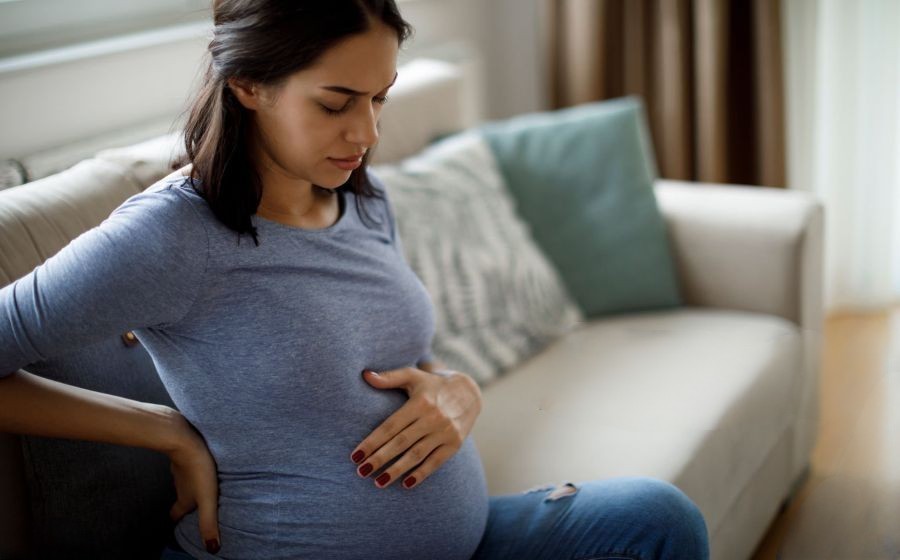
- November 24, 2023
Navigating Anaemia in pregnancy: causes, symptoms, and effective management
Anaemia is a condition characterized by low circulating haemoglobin, wherein haemoglobin concentration falls below the normal level. In pregnancy, a diagnosis of anaemia is based on a haemoglobin concentration of less than 11g/dl or 10.5g/dl in the second trimester.
Anaemia is categorized as follows:
Mild: 10g or above
Moderate: 7-10g
Severe: Less than 7g
Very severe: Decompensate to 4g.
The global prevalence of anaemia is 40%, with 51% of pregnant females affected.
Causes:
Excessive menstrual flow
Worm infestation
Gastrointestinal bleeding
Ulceration
Haemorrhoids
Diarrhoea
Iron balance is maintained through the absorption of dietary iron. Food sources rich in iron include protein, meat, ascorbic acid, ferrous iron, and gastric acidity. Conversely, factors such as alcohol consumption, low iron stores, and certain substances like tea, coffee, and calcium can hinder iron absorption. Iron loss occurs through basal processes in the intestine and skin, menstruation, delivery, lactation, and various pathological conditions.
Causes of anemia during pregnancy:
Low bioavailability in vegetarian diets, poverty, and consumption of nutritionally poor foods.
Hyperemesis (excessive vomiting)
Worm infestations (amoebiasis, giardiasis)
Frequent pregnancies
Menorrhagia
Diseases like haemorrhoids
Multiple pregnancies
Prevention:
Commence prevention before pregnancy
Start oral supplements
Improve dietary habits by incorporating iron-rich foods like jaggery, green leafy vegetables, cereals, and sprouted pulses
Avoid excessive tea and coffee consumption
Minimize overcooking
Effects on pregnancy:
Mild anaemia may have minimal effects, but significant blood loss can lead to anaemia.
Moderate anaemia: Weakness, lack of energy, fatigue, and poor work performance
Severe anaemia: Palpitations, tachycardia, breathlessness, increased cardiac stress
Symptoms:
Clinical features include:
Weakness
Exhaustion/lassitude
Indigestion
Loss of appetite
Palpitation
Dyspnoea
Giddiness
Oedema
Congestive cardiac failure in severe cases
Signs:
Mild anaemia may show no signs, but there could be pallor, glossitis, stomatitis, and hypoproteinaemia causing oedema. Severe cases can affect the lungs and heart.
Management:
Dietary adjustments
Medical treatment; however, 10% may experience side effects like nausea, vomiting, abdominal cramps, and diarrhoea.
If oral therapy fails, or in cases of non-iron deficiency, microcytic anaemia, thalassemia, pyridoxine deficiency, blood loss, worm infestation, haemorrhoids, co-existing infections, or decreased folate absorption, parenteral therapy may be necessary.
Nutritional anaemia poses a significant health challenge. Maternal education can mitigate anaemia by increasing awareness, providing contraceptive advice, and promoting child-spacing practices.
By Dr. Farzana Siddiqui
